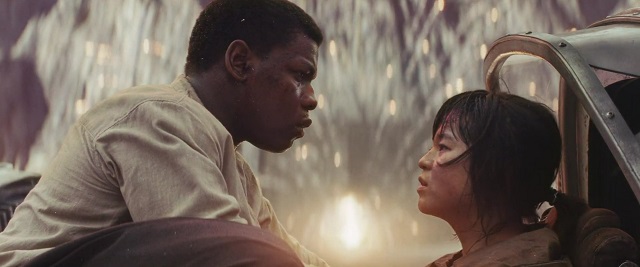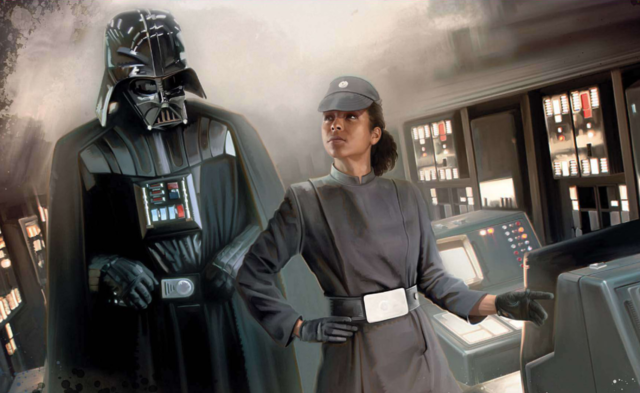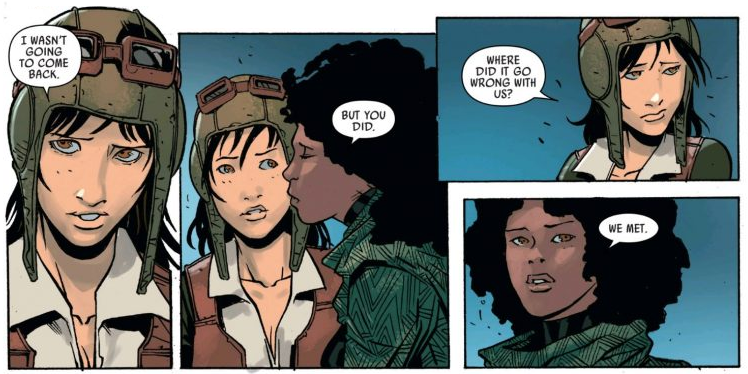Welcome, one and all, to the final Minority Report, my annual(ish) update on diversity in Star Wars’ screen and printed content. As discussed in my last report, I’ve reached the conclusion that this new era of the franchise has brought us to a point where it’s better that the raw numbers, which have been my bailiwick for more than ten years now, take a backseat and that representation—what types of characters we’re seeing and how they’re used—becomes the primary focus of these conversations. While I still plan on running said numbers for my own edification, I’m going to refrain from these regular updates and save my commentary for when and if something really noteworthy happens.
I first took on this project way back in the days of the Expanded Universe, where most new characters were coming from books and their demographics were both more uniform and harder to notice; now that movies and television are steering the ship, Star Wars has responded to this increased scrutiny with a boatload of new female characters, characters of color, and even a small but not insignificant population of queer and nonbinary characters. But while the weight of focus has shifted drastically away from the usual parade of white guys, there’s still a lot to discuss about exactly how characters like Rey, Finn, Poe, Rose, Holdo, Val, and L3-37 are used, how they intersect, and what messages their stories are sending.
The thing about that, though, is that I see my own role in those conversations to be much more that of a listener—and ideally, a promoter of great voices from within the relevant communities here at this blog. When I started tracking diversity it felt like no one else was paying attention to it at all (at least in the not-very-diverse forums I was hanging around in back then), so having real numbers to throw around was my way of holding up a flashing neon “PROBLEM” sign. Now that diversity and representation are a huge, flourishing topic of discussion, I see how much I still had to learn, and while I still believe sheer volume is a big part of the solution, this is about much more than which types of people we see walking by in the background and who they happen to be kissing.
Read More




